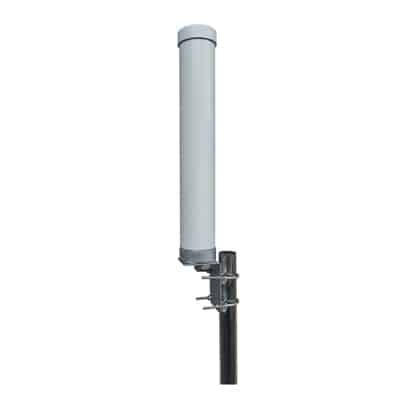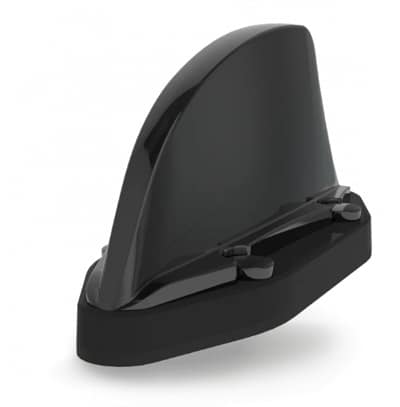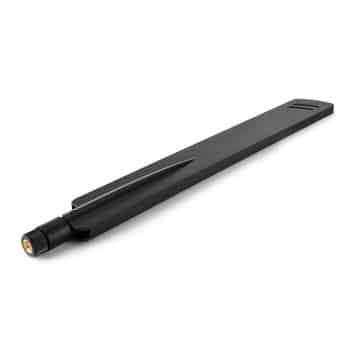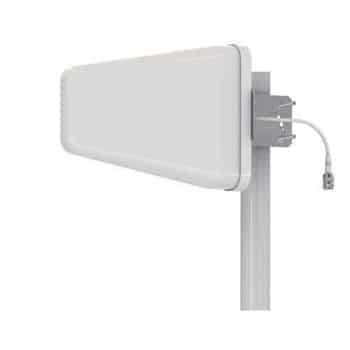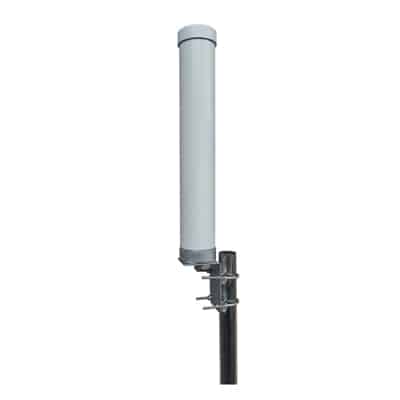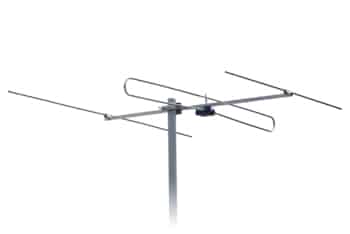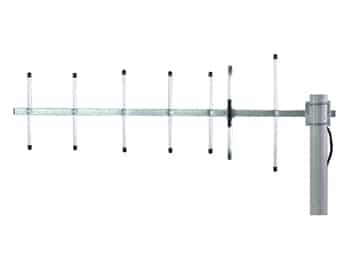Table of Contents
ToggleWhat is Bluetooth?
Bluetooth is a famous low-power wireless technology choice. It is designed for use as Wireless Personal Area Network (WPAN) technology alongside technologies such as Wi-Fi and ZigBee. Applications of Bluetooth vary from mobile phone-based applications to vehicular sensor-based applications. However, unlike its counterparts, Bluetooth is specifically designed for shorter distances. Bluetooth was first introduced in 1994 by Ericsson. The sole purpose of introducing Bluetooth was to replace the use of wire cords and cables. In collaboration with Nokia and Intel, Ericsson formed the Special Interest Group (SIG) in 1996, which is the governing body for releasing and defining Bluetooth specifications. Over the years the alliance of SIG increased, thus leading to the development of Bluetooth technology. It is based on the 2.4 GHz ISM (Industrial, Scientific, and Medical Applications) frequency band. The initial versions of Bluetooth supported a bit rate of up to 1 Mbps. Bluetooth is also prone to cyber-attacks due to the inherited security features in Bluetooth. With all these features, Bluetooth is an ideal candidate for modern Internet of Things (IoT) solutions.
How does Bluetooth work?
Bluetooth works mainly as a WPAN technology solution for IoT applications. There are two main types of wireless technologies. They are,
- Basic Rate (BR) / Enhanced Data Rate (EDR) or Classic Bluetooth
- Low Energy (BLE or LE)
Despite their differences in the physical layer, they are operated at the 2.4 GHz ISM frequency band. A Bluetooth network initially consists of the following nodes:
- Advertiser: This device node transmits advertiser packets.
- Scanner: A device node receiving packets without the intention of setting up a connection.
Once the scanner device node tries to start a connection it is referred to as an initiator. This connection is started in response to a connectable advertising event published by the advertiser. Finally, a connection is established. Now, the initiator is known as the master while the advertiser is known as the slave. This connection between a master and slave is known as a piconet. In the context, of Bluetooth BR/EDR, there can be up to one master with 7 slaves in a piconet. However, these piconets can be extended to what is known as scatternets. Scatternets would have two piconets combined, where there is a second master to handle the second piconet. This secondary master would be common to both piconets.
When it comes to Bluetooth BLE technology, due to its 24-bit addressing compared to 3-bit addressing in Bluetooth BR/EDR, it can support millions of devices. In Bluetooth BLE, however, a master-slave connection itself is a separate piconet. Therefore, each device is in a separate channel.
After establishing a connection, a slave is asked for a response after a message is sent by the master. The slave is selected and given chance using an adaptive frequency hopping technique. This ensures security and the best usage of the channel allocation.
In a piconet, each node or device can be in the following states:
- Master
- Slave
- Standby
- Parked
By default, a node would be in standby mode. The parked mode has been deprecated from Bluetooth 5.0.
Bluetooth Specifications
Before diving deep into Bluetooth architecture, it is useful to understand differences in Bluetooth specifications over the years. The following table summarizes the key features of each Bluetooth specification.
| Specification | Features | Released Year |
| Bluetooth 1.0 | – Initial release. – Speed up to 1Mbps. | 1998 |
| Bluetooth 1.1 | – Standardized as IEEE 802.15.1 – 2002. – Introduced non-encrypted channel support. – Introduced Received Signal. | 2002 |
| Bluetooth 1.2 | – Standardized as IEEE 802.15.1 – 2005. – Introduced Frequency Hopping Spread Spectrum. This improved Bluetooth’s performance against interference in congested networks. – Introduced Host Controller Interface (HCI). | 2003 |
| Bluetooth 2.0 (+EDR optional) | – Introduced Enhanced Data Rates up to 3Mbps. | 2004 |
| Bluetooth 2.1 (+ EDR optional) | – Introduced Secure Simple Pairing (SSP) where public key cryptography was used to improve pairing experience and security. | 2007 |
| Bluetooth 3.0 (+ EDR optional) (+ HS optional) | – Introduced High Speed or commonly known as Alternate MAC/PHY (AMP) mode of operation. This was based on 802.11, which means it inherited the wireless feature from Wi-Fi to enable high data speeds up to 24Mbps. | 2009 |
| Bluetooth 4.0 (+ EDR/HS/LE optional) | – Introduced Low Energy (LE) mode. This was aimed at enabling low-power devices, especially in IoT domain. – Introduced ATT and GATT profiles. | 2010 |
| Bluetooth 4.1 | – Devices could support multiple simultaneous roles. – Introduced Mobile wireless service (MWS) coexistence. | 2013 |
| Bluetooth 4.2 | – Supported IPv6. – Introduced features supporting IoT applications. | 2014 |
| Bluetooth 5.0 | – Support mesh networking. – Introduced Long Range for LE mode. | 2016 |
More specification details can be found at https://www.bluetooth.com/specifications/specs/. The current version of Bluetooth is Bluetooth 5.3 released in 2021. Note that Bluetooth BLE is one of the technologies that are designed to cater needs of IoT applications. Support of mesh networking and broadcasting capability with low power consumption makes it an ideal candidate over classic Bluetooth. Classic Bluetooth is only capable of handling point-to-point communication as in piconets.
What can Tesswave do for you?
Tesswave provide 100+ antenna products and you can contact us for antenna customized solutions, get in touch with us today to get a Free quote.
Get an Instant Quote
Get a FREE quote and we will contact you within an hour
Bluetooth Architecture
Now let’s briefly look into the basic structure of the Bluetooth Architecture. There are three basic components in the Bluetooth stack, namely:
- Hardware controller
- Host software
- Application profiles
This architecture consists of protocols or layers which handle various functionalities. Also, profiles are the functions that use the protocols to realize the functionality. When considering Bluetooth 5.0 stack, the devices can be found in two modes:
- Dual mode: Devices supporting both BR/EDR and LE modes
- Single mode: Devices supporting either BR/EDR or LE modes
Bluetooth reliability
One of the greatest challenges in wireless communication is the presence of interference. Interference is caused due to packet collision and loss in the wireless medium. To overcome interference, Bluetooth uses the following techniques:
- Bluetooth packets are small and faster: This will reduce the probability of being collided with other packets as they move faster and are smaller.
- Bluetooth uses a special Frequency Hopping Spread Spectrum (FHSS) known as adaptive frequency hopping (AFH). Here the given frequency band is separated into different channels and the packets would hop between channels during transmission. Also, they can identify congested and corrupted channels, thus avoiding them.
- Bluetooth also supports acknowledgment messages to confirm the proper delivery of messages in point-to-point and mesh networking.
- Moreover, in mesh networking Bluetooth packets are retransmitted as multiple copies in different channels. This will ensure proper transmission even in the noisiest environments.
How secure is Bluetooth?
When it comes to enabling IoT devices in WPAN, a common interest is the level of security provided by the selected transmission technology. Bluetooth is naturally a secure choice when it comes to wireless technologies. This is because of the use of the AFH technique where transmitted packets are rapidly hopped among different channels. However, to further enhance the security of transmission Bluetooth SIG has provided different security features that are to be enabled as needed. For example, Bluetooth Out of Band technique pairing can be used to secure the connection from various vulnerabilities.
What is the Bluetooth range?
Bluetooth is a WPAN wireless technology making it an ideal candidate for short-distance ranges and in closed spaces. Despite the various steps taken to enhance the range of operation, certain factors decide the achievable range. These factors include:
- Path loss in the environment.
- The gain of the transceiver antenna.
- The selected radio spectrum. A small frequency band would provide a larger range.
- The selected physical medium. Bluetooth is equipped with different options with different data rates such as BR/EDR, HS, and BLE.
So, it is the choice of the IoT architect to decide the range depending on the above-mentioned factors.
Advantages and disadvantages of Bluetooth in IoT
Advantages of Bluetooth include:
- Susceptibility to interference from other wireless technologies
- Low power consumption
- Can be used for both data and voice transmission
Disadvantages of Bluetooth are:
- Security can be compromised
- Low bandwidth when compared to Wi-Fi
- Slower (still there are different options to choose from)
Conclusion
Bluetooth is an ideal candidate for IoT applications that would require low power consumption. Ideally, it is more suitable for areas with more interference from other wireless transmissions. However, despite the challenges and drawbacks, Bluetooth is a famous choice when it comes to WPAN IoT applications such as home automation.

